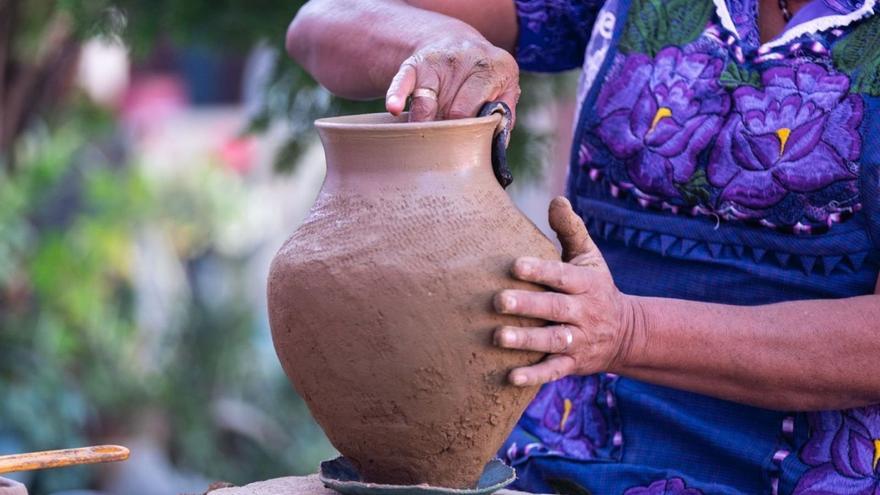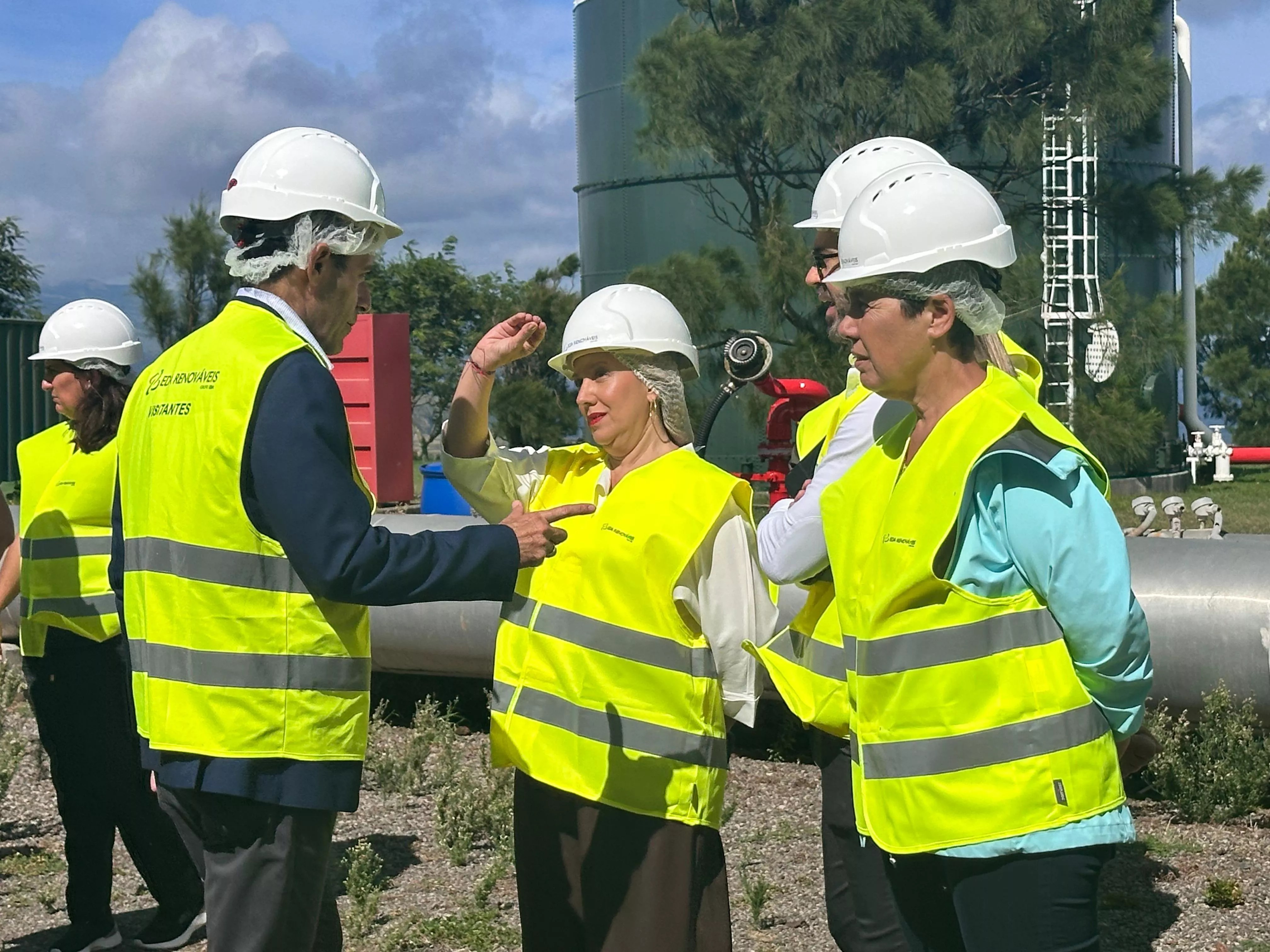
The Cabildo of Tenerife, through the Island Crafts Company and in collaboration with the Candelaria Town Council, is promoting the First International Pottery Meeting, an unprecedented event to be held on 13th and 14th June. The aim: to bring together experts, artisans, and researchers from Canaries, Macaronesia, the Maghreb and other regions to discuss, share and advocate for a millenary craft.
The meeting will revolve around lectures and practical workshops, focusing on the history, current situation, and cultural diversity of traditional pottery. A journey in clay that traverses continents and generations. Artisans and specialists from the Canary Islands, the Maghreb, Macaronesia, the peninsula, and Latin America will share visions, techniques, and memories. An event that combines theory and practice, and promises to become a reference for those who believe that hands shape culture.
A craft that is a living heritage
Pottery, more than a technique, is a legacy passed down from generation to generation, among women and men who learn to mould not only clay but also the identity of their communities. This Meeting is born with the purpose of valuing that legacy, sharing ancestral knowledge, and exploring the present and future of the craft.
A journey through pottery cultures: From Cape Verde to Mexico, via Puerto Rico, Canaries, and Morocco
The diversity of voices and territories will be one of the great pillars of this meeting. From Fonte Lima (Cape Verde), anthropologist Dr Aleida Aguiar and potter Maria de Jesus da Veiga will bear witness to a tradition in which clay means much more than utilitarian objects. Pottery in Cape Verde is collective memory, local economy, and female empowerment, as it is the women who pass down an occupation that sustains communities from generation to generation.
From Mexico comes Macrina Mateo Martínez, a Zapotec craftswoman who will share the story of the Mujeres del Barro Rojo, a collective that has made tradition a form of innovation and cultural resistance. From Puerto Rico, Alice Chéveres will take us to the heart of the Taller Cabachuelas, where indigenous techniques dialogue with contemporary expressions.
From Tenerife, Mª Candelaria Rosario Adrián, archaeologist of the Archaeological Museum, will present a selection of the Guanche ceramic repertoire. These pieces, hand-moulded and found in habitable and funerary sites, are living proof of a civilisation that dialogues with the present through its forms.
Meanwhile, researcher José Ángel Hernández Marrero will delve into the pottery centres of the Islands, spaces where pottery workshops traditionally concentrated. With meticulous genealogical work, Hernández has unravelled the female networks that, from anonymity, have sustained Canarian ceramics for centuries.
History will also have a voice in the lecture by Elena Sosa Suárez, an archaeologist specialising in late medieval ceramics. Her research on pieces imported to the Canaries between the 15th and 17th centuries helps to understand the cultural exchanges that wove the history of the Archipelago.
And from Morocco comes a complex reality: that of rural pottery in the north, practised primarily by women in regions such as the Rif or the Jbala Country. Although its tradition has endured to this day, the threat of disappearance is real. The new generations barely join, and only the impetus of associations and tourism keep alive a practice that, without support, could die out.
Poster design
The poster design is by Daniel Pagés, featuring the image of hands moulding clay, conveying directly the artisanal essence of the event. However, the image is consciously pixelated in some areas, giving a modern and more artistic visual effect to the event. A large arrow symbol pointing directly to the abbreviation “1er” and the main text of this meeting reinforces the idea that this is the first event of its kind on the island. The design balances tradition and modernity, capturing the cultural importance of the event with a contemporary visual approach.
This First International Pottery Meeting presents itself as a necessary space to make traditional pottery visible, preserve it, and project it both in the Canaries and in other territories with a strong ceramic tradition. Beyond the exhibition, it offers a real context for exchanging knowledge, techniques, and experiences between cultures that share a common foundation: working with hands, earth, and memory. A craft that remains current and, thanks to initiatives like this, finds new pathways for its continuity.















